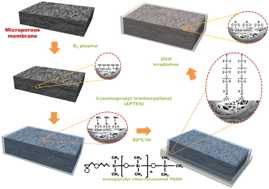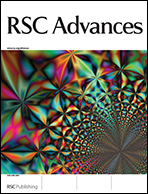A novel approach to incorporate a conformal inorganic thin layer inside 3D microporous polyolefin film is realized from a versatile solution process and applied to the preparation of a Li-ion battery separator with enhanced thermal and dimensional stability. Inorganic thin film thickness of around several tens of nanometers inside 3D micropores of a polyolefin could be systematically controlled by employing a mixed system of the silanization and epoxy–amine reaction of the UV-curable polymer and the plasma/UV ozone surface treatments. The surface-modified commercialized polyolefin separators with silica layers from the solution process show greatly improved thermal and dimensional stability compared to neat polyolefin separators, while maintaining charging/discharging performances of neat polyolefin separators, such as ionic conductivity, C-rate, and cycle life. Because of the conformal coating of the inorganic thin film inside the 3D polyolefin separator, the polyolefin separator maintains its initial dimension at high temperature, even above its melting point, which will result in improved safety of the Li-ion battery.

You have access to this article
 Please wait while we load your content...
Something went wrong. Try again?
Please wait while we load your content...
Something went wrong. Try again?


 Please wait while we load your content...
Please wait while we load your content...